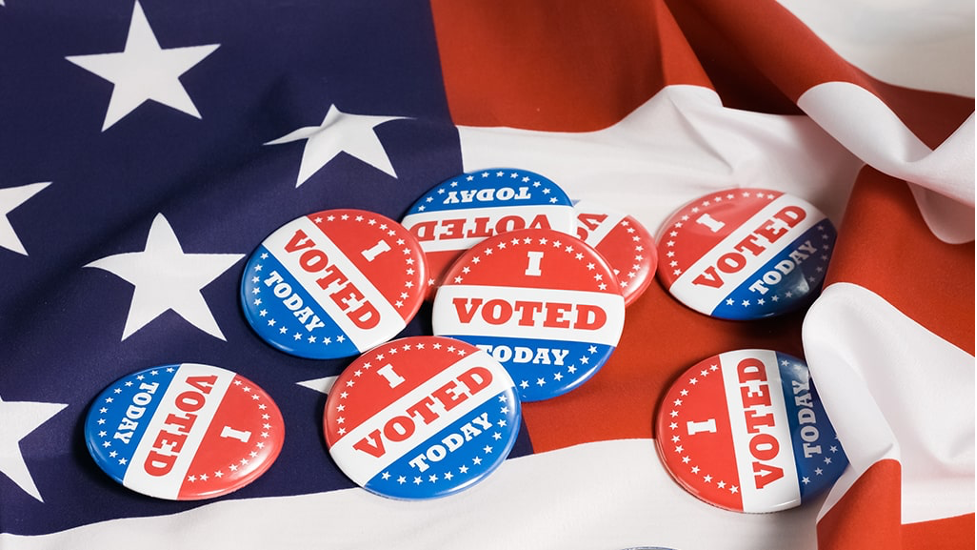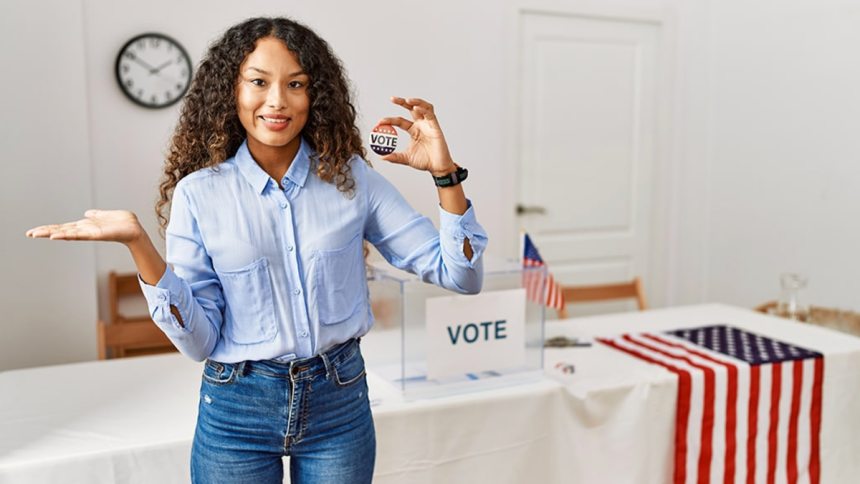Voter turnout is a crucial component of the democratic process, influencing the legitimacy of elections and the representative nature of elected officials. Campaigns aim to increase voter turnout to ensure broad public participation and strengthen the mandate of elected leaders. The 2024 elections are no exception, with campaigns seeking innovative ways to engage and mobilize voters. One effective tool in this effort is campaign promotional products, which can capture attention, foster engagement, and drive voter participation.
The Role of Campaign Promotional Products in Increasing Turnout
Promotional products have long been a staple in election campaigns, serving as tangible reminders of candidates and their messages. These items can have a psychological impact, reinforcing a candidate’s presence in voters’ minds and encouraging them to participate in the electoral process. Successful campaigns have demonstrated the power of promotional products in boosting voter turnout by creating a sense of connection and loyalty among supporters.
Effective Campaign Promotional Products for Increasing Turnout
Traditional and time-tested items such as buttons, stickers, flags, and banners continue to play a significant role in election campaigns. These products are visually appealing and easily distributed, making them effective tools for raising awareness and encouraging voter participation. Campaigns often distribute these items at rallies, community events, and door-to-door canvassing efforts, ensuring wide visibility and engagement.
Modern and innovative products, including tech gadgets, smart bracelets, and mobile applications, are becoming increasingly popular. These items serve as promotional tools and provide interactive and engaging experiences for voters. For example, smart bracelets can be used to access exclusive campaign content or updates, while mobile apps can provide real-time information on polling locations and election day reminders.
Strategies for Distributing Campaign Promotional Products
Identifying target groups and tailoring approaches to reach them is essential for the effective use of promotional products. Campaigns must understand the demographics and preferences of their electorate to choose the right products and distribution methods. Engaging young voters, for instance, might require tech-savvy products and social media campaigns, while reaching older citizens could involve more traditional items and in-person interactions.
Various distribution channels are crucial for maximizing the reach of promotional products. Direct distribution at rallies and events allows for personal interactions and immediate engagement. Utilizing social media and online platforms extends the campaign’s reach, enabling the distribution of digital promotional items or facilitating the ordering of physical products. This multi-channel approach ensures that promotional products reach a diverse audience, enhancing their overall impact.
Psychological Aspects of Using Campaign Promotional Products
The ownership effect is a powerful psychological phenomenon that can enhance voter engagement. Individuals receiving promotional products will develop a sense of ownership and connection to the campaign. This attachment increases the likelihood of their active participation in the election process, as they feel personally invested in the campaign’s success.
Creating an emotional connection through promotional products is equally important. Items that evoke positive emotions or resonate with voters’ values can strengthen their support for a candidate. Thoughtfully designed products that reflect a candidate’s message and values can foster a deeper emotional bond, motivating voters to act on their support by voting.

Examples of Successful Campaigns Using Promotional Products
Historical examples provide valuable insights into the effective use of campaign promotional products. For instance, “I Voted” stickers have been widely adopted in many elections, serving as both a badge of civic pride and a reminder to others to vote. Similarly, the distribution of branded apparel, such as T-shirts and hats, has created a sense of community and solidarity among supporters.
Looking ahead to the 2024 elections, campaigns are expected to leverage these insights and explore new avenues for using promotional products. Integrating digital technologies, such as augmented reality (AR) experiences linked to physical products, could offer innovative ways to engage and motivate voters. These advancements, combined with traditional methods, will likely shape the landscape of campaign promotional products in 2024.
Practical Tips for Campaign Organizers
Choosing the right campaign promotional products is critical for success. Campaigns should consider the preferences and interests of their target audience, selecting products that resonate with them. Additionally, ensuring that promotional items align with the campaign’s message and values will enhance their impact and effectiveness.
Budgeting and efficiency are also important considerations. Campaigns must allocate their resources wisely, balancing the cost of promotional products with their potential impact. Conducting cost-benefit analyses and prioritizing high-impact items can help maximize the return on investment.
Conclusion
In summary, campaign promotional products are powerful tools for increasing voter turnout. They serve as tangible reminders of candidates, create emotional connections, and foster a sense of ownership among voters. By carefully selecting and distributing these products, campaigns can effectively engage and mobilize their electorate, ensuring higher voter participation in the 2024 elections. The strategic use of traditional and innovative promotional items will be crucial in achieving these goals.
Lynn Martelli is an editor at Readability. She received her MFA in Creative Writing from Antioch University and has worked as an editor for over 10 years. Lynn has edited a wide variety of books, including fiction, non-fiction, memoirs, and more. In her free time, Lynn enjoys reading, writing, and spending time with her family and friends.















